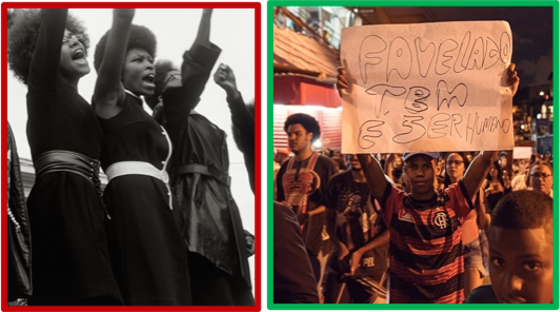
Intro to Africana Studies SP22 (AFST-10000-01)
AFST 10000. INTRODUCTION TO AFRICANA STUDIES Interdisciplinary foundation course presents overview of the historical, social, psychological, political, economic, and cultural experiences of all the major branches of people of African descent. Course focuses on the contributions and achievements of Africana people, with some emphasis on African Americans, and it explores the concerns as well as the challenges they face. Students are introduced to African-centered perspectives of prominent continental and diasporic scholars, artists, and activists, who mostly challenge the tenets and assumptions of the dominant cultural and intellectual paradigms. [AH or HSS, C, D]
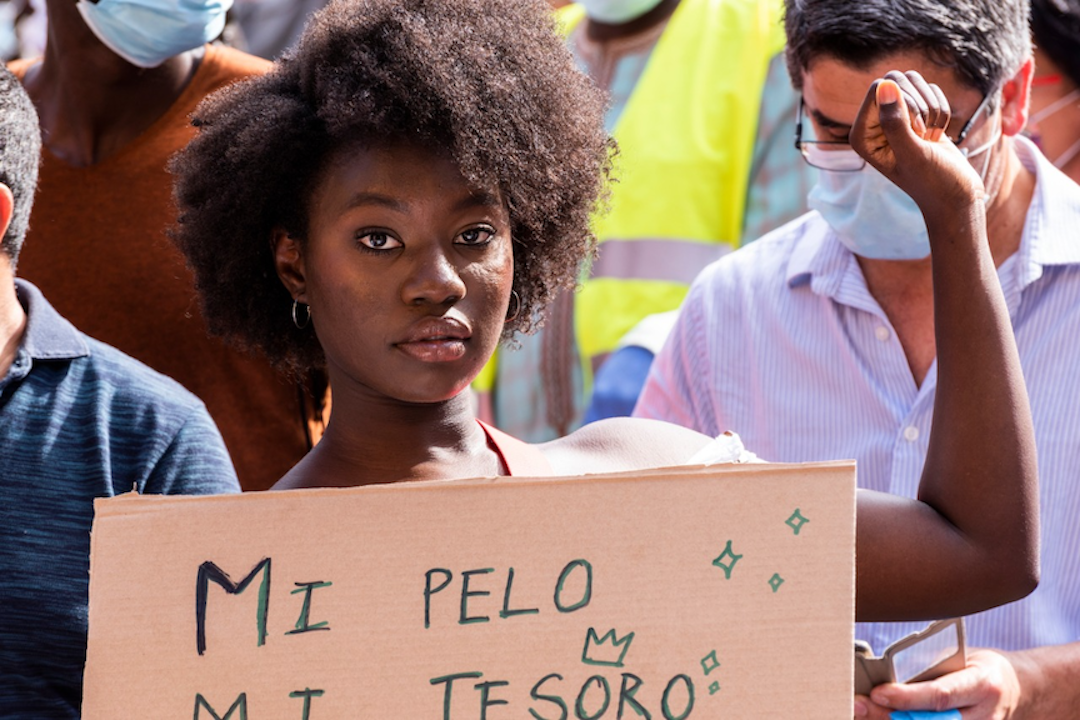
The Politics of Black Hair SP22 (AFST-30001-01)
AFST 30001. THE POLITICS OF BLACK HAIR This course will explore the politics of Black hair in the U.S., Brazil, and the Dominican Republic. In the (post)colonial world, afro hair has been a contested and conspicuous phenotypic marker of Blackness. Eurocentric notions of good hair and bad hair, which echo the white / Black racial dichotomy, fall particularly on Black women. Given the pervasiveness of anti-Black racist structures, Black women are compelled to navigate the politics of hair in schools, workplaces, and societies at large. Interdisciplinary texts will frame our examination of these issues from historical and transnational perspectives. Readings will include Alice Walker, Audre Lorde, bell hooks, Lelia Gonzalez, and Sueli Carneiro. [AH, D, HSS]
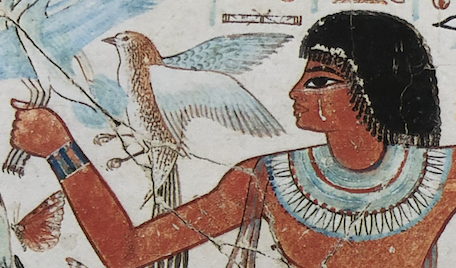
Middle Egyptian SP22 (AMST-19000-01)
AMST 19000. MIDDLE EGYPTIAN This 0.5 credit course is a study of the classical phase of the ancient Egyptian language, called Middle Egyptian. You will study the grammar of the language and begin to master the hieroglyphic writing system. To give context to the language, we will also read selected Middle Egyptian literary stories and discuss the amazing and complex culture of ancient Egypt.
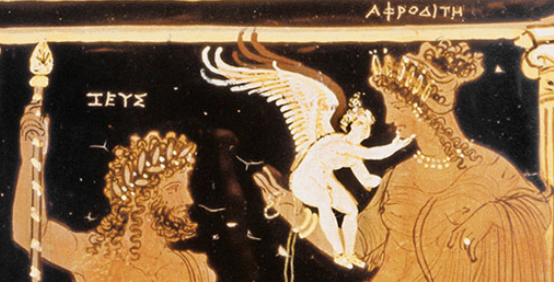
Mythology of the Ancient World SP22 (AMST-22000-01)
AMST 22000. MYTHOLOGY OF THE ANCIENT WORLD A comparative approach to ancient myths with particular regard to how these narrative patterns and religious beliefs recur in other cultures and time periods. Texts vary but may include the Mesopotamian Epic of Gilgamesh, selected ancient Egyptian fairy tales, the Hindu Ramayana, and classical Greek, Roman, and Italian works such as Homers Iliad and Odyssey, Hesiods Theogony, Sophocles Oedipus, Vergils Aeneid, Ovids Metamorphoses, and Dantes Inferno. [AH]
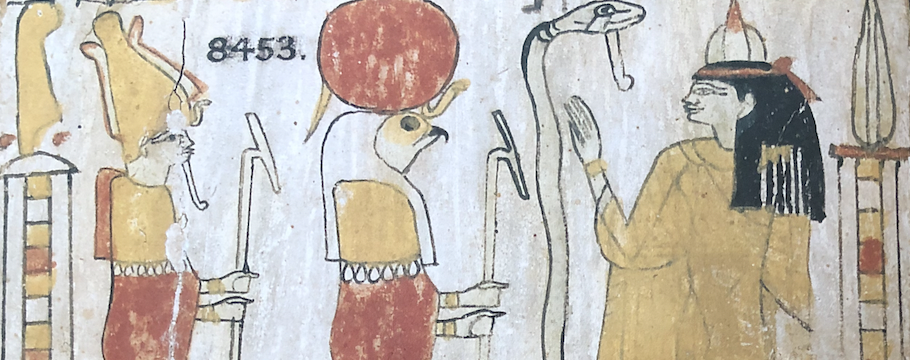
History of Ancient Egypt SP22 (AMST-26102-01)
AMST 26102. HISTORY OF ANCIENT EGYPT An introduction to the cultural history of Ancient Egypt from the Predynastic period to the end of the Roman Empire. Special focus will be given to the time of multiethnic contact between Egyptians and Greeks and Romans (332 BCE to 641 CE). Our interdisciplinary examination of Ancient Egypt will involve research on a wealth of ancient evidence, including tombs, statues, grave goods, paintings, papyri, and literary texts. [AH]
Intro to Anthropology SP22 (ANTH-11000-01)
ANTH 11000. INTRODUCTION TO ANTHROPOLOGY An introduction to the five fields used by anthropologists to explore broadly the variety of human groups that have developed across the globe and throughout time. The five fields include biological, cultural, linguistic, applied anthropology, and archaeology. The course will prepare students to take a holistic perspective on contemporary human cultures. It will also foster an appreciation of cultural relativity in the sense of understanding other cultures in their own terms as coherent and meaningful designs for living. [C, D, GE,HSS]

Intro to Anthropology SP22 (ANTH-11000-02)
ANTH 11000. INTRODUCTION TO ANTHROPOLOGY An introduction to the five fields used by anthropologists to explore broadly the variety of human groups that have developed across the globe and throughout time. The five fields include biological, cultural, linguistic, applied anthropology, and archaeology. The course will prepare students to take a holistic perspective on contemporary human cultures. It will also foster an appreciation of cultural relativity in the sense of understanding other cultures in their own terms as coherent and meaningful designs for living. [C, D, GE,HSS]
Intro to Anthropology SP22 (ANTH-11000-03)
ANTH 11000. INTRODUCTION TO ANTHROPOLOGY An introduction to the five fields used by anthropologists to explore broadly the variety of human groups that have developed across the globe and throughout time. The five fields include biological, cultural, linguistic, applied anthropology, and archaeology. The course will prepare students to take a holistic perspective on contemporary human cultures. It will also foster an appreciation of cultural relativity in the sense of understanding other cultures in their own terms as coherent and meaningful designs for living. [C, D, GE,HSS]
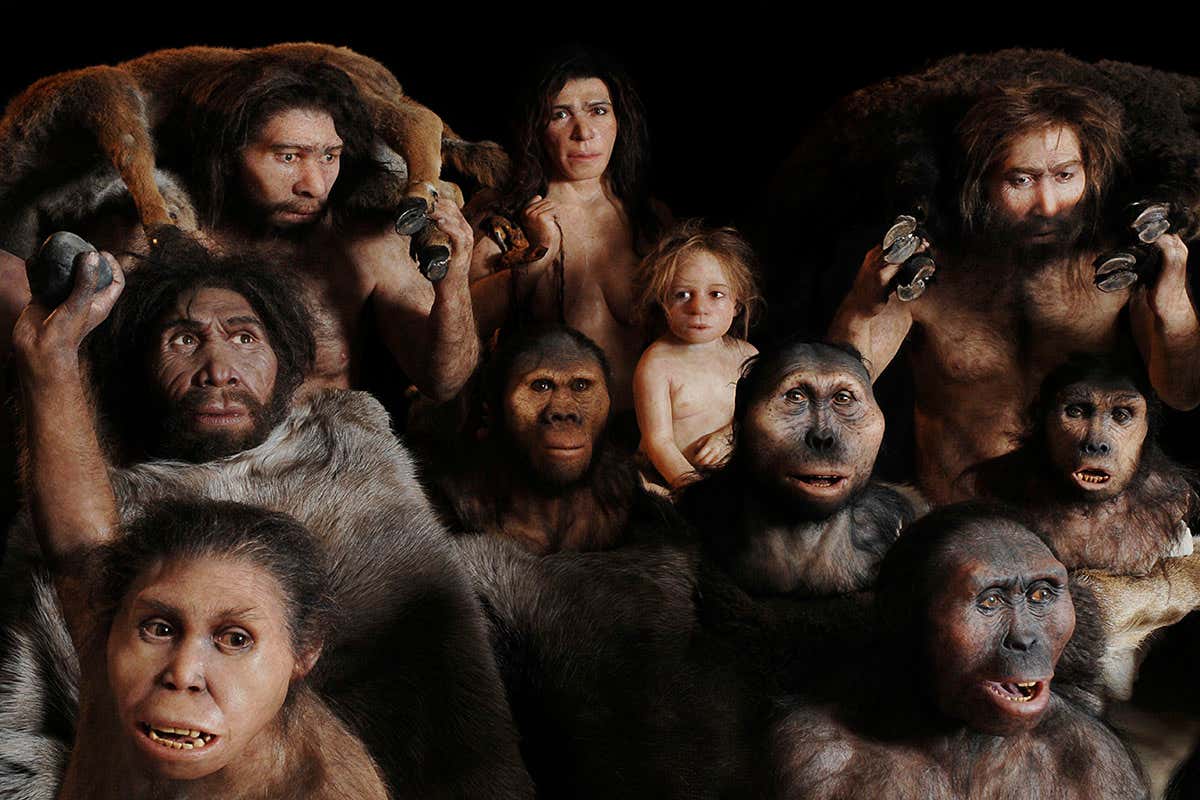
Physical Anthropology SP22 (ANTH-21000-01)
ANTH 21000. PHYSICAL ANTHROPOLOGY An introduction to the role of physical anthropology in defining humans as biological and cultural entities. This course examines a variety of topics, including the genetic basis for evolution, primate behavior, the process of primate and human development, and contemporary variation among human populations. [C, D, GE, HSS, MNS]
Peoples&Cultures: Middle East SP22 (ANTH-23115-01)
ANTH 23115. Peoples & Cultures: Middle East An exploration of the richness and diversity of a particular world culture. Reading and lecture provide the historical background for each culture area and an examination of the contemporary cultures. Generally focused on religious beliefs, econnomics, politics, kinship relationships, gender roles, and medical practices. Consideration of this culture area in the world economic system. Prerequisite: ANTH-11000 or permission of instructor. [C, HSS]
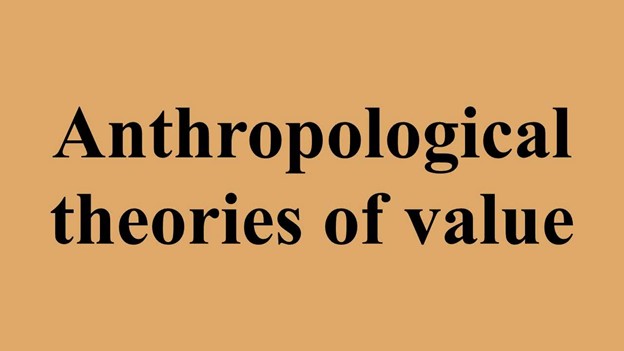
Contemp Anthropological Theory SP22 (ANTH-35200-01)
ANTH 35200. CONTEMPORARY ANTHROPOLOGICAL THEORY This course introduces students to important theoretical perspectives in sociocultural anthropology over the past half century. We begin with the broad paradigms that dominated anthropology till the 1980s, such as functionalism, cultural materialism, and cognitive and symbolic anthropology, and then move on to critical theory and to postmodern and feminist critiques, as well as theoretical work in selected subfields, such as medical anthropology. For each theoretical tradition covered, we focus on understanding its main ideas and underlying assumptions, situating its emergence in historical perspective, comparing and contrasting it with other theoretical approaches, and assessing its implications for understanding contemporary social issues. The course should prove useful to students who are searching for a research problem and theoretical framework for their senior independent study project. The final project for the course will involve developing a research p
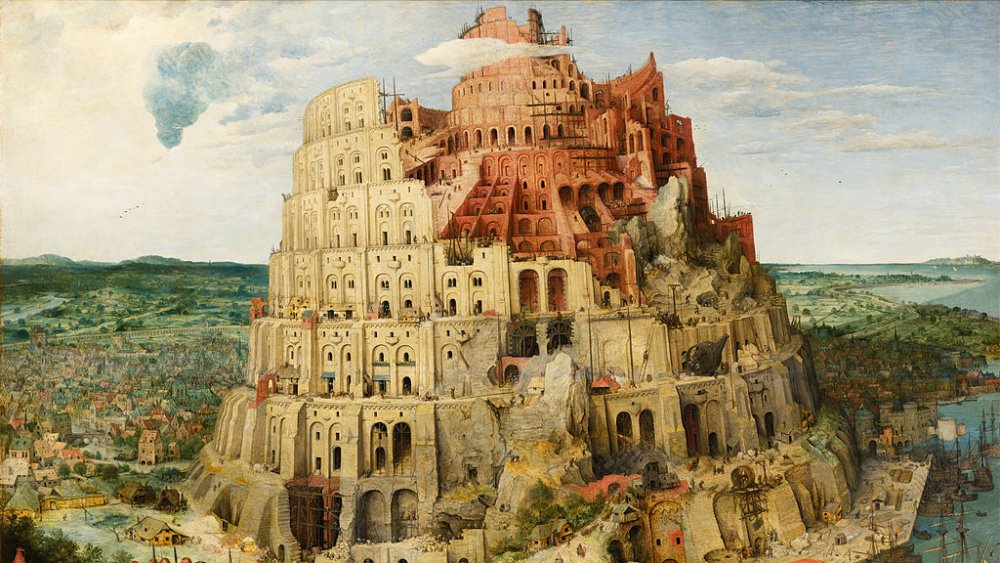
Arch of Ancient Near East SP22 (ARCH-21908-01)
ARCH 21908. ARCHAEOLOGY OF ANCIENT NEAR EAST In this course we will examine the history and prehistory of the ancient Near East-Egypt, Levant, Mesopotamia-using anthropology, archaeology, and history. Our goal is to become familiarized with the archaeological evidence to explore major anthropological issues in Near Eastern prehistory and history. In doing so, we will investigate and reconstruct ancient economic, social, and political systems. We will also examine established archaeological canon and will incorporate more recent studies that will shed light on the shortcomings of the canon. The course follows a basic chronological sequence-from the arrivals of the first humans to the Arab conquest of Persia in 651 CE. We will focus on significant developments in this period, emphasizing a) the environmental and cultural reasons behind the origins of agriculture; b) the spread and evolution of Neolithic societies; c) the rise of social complexity and the "urban revolution;" and d) the political, environmental,
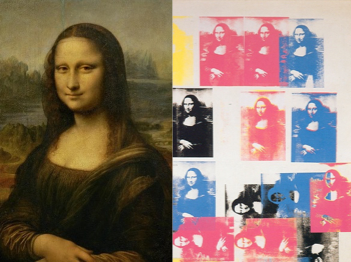
Art Hist: Renaissance-Modern SP22 (ARTH-10200-01)
ARTH 10200. INTRODUCTION TO ART HISTORY: RENAISSANCE-MODERN An introduction to the visual culture of the Western world from the fifteenth century to the present. The course provides tools of analysis and interpretation as well as general, historical understanding. It focuses on a select number of major developments in a range of media and cultures, emphasizing the ways that works of art function both as aesthetic and material objects and as cultural artifacts and forces. Issues include, for example, redefinitions of art in the Italian and Northern Renaissance; realism, modernity and tradition; the tension between self-expression and the art market; and the use of art for political purposes. [AH]
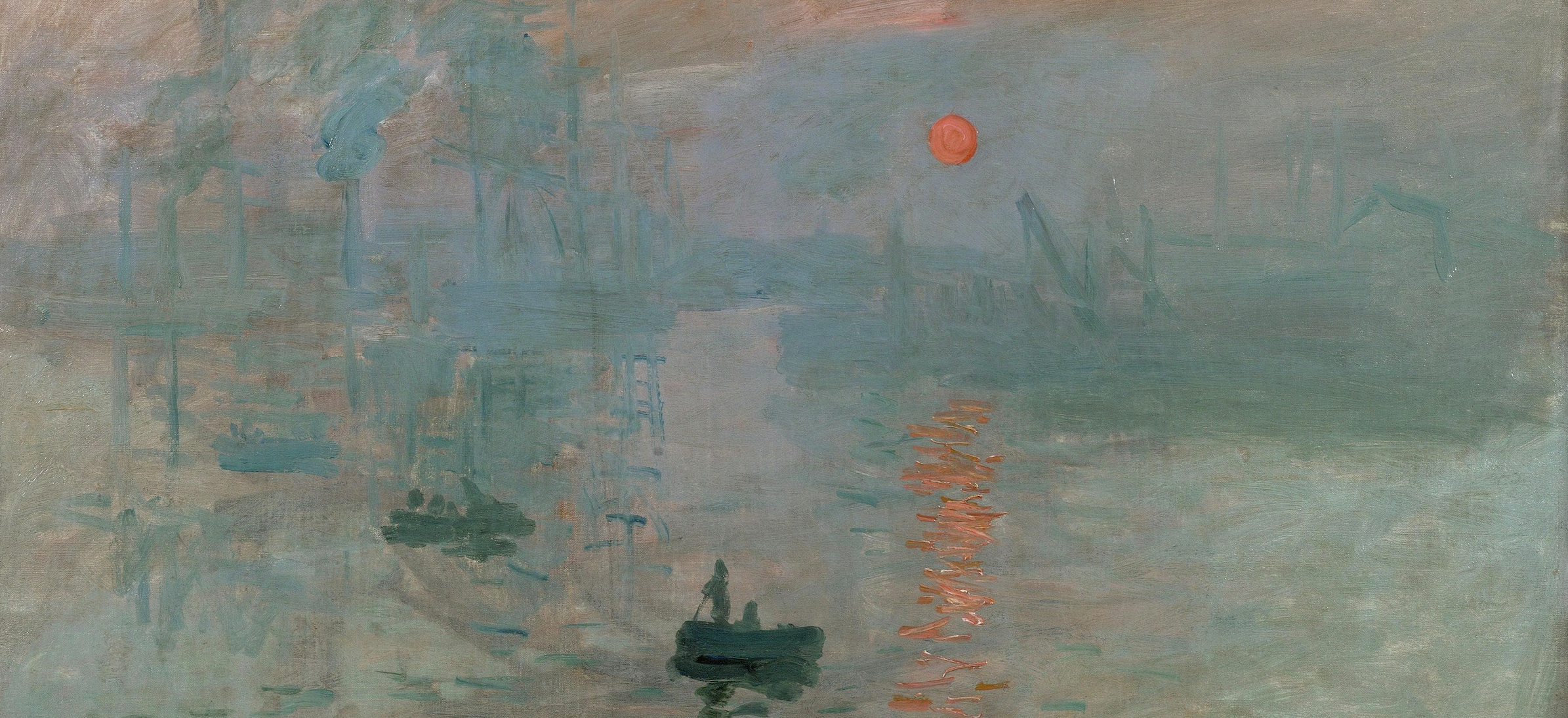
Art Hist: Renaissance-Modern SP22 (ARTH-10200-02)
ARTH 10200. INTRODUCTION TO ART HISTORY: RENAISSANCE-MODERN An introduction to the visual culture of the Western world from the fifteenth century to the present. The course provides tools of analysis and interpretation as well as general, historical understanding. It focuses on a select number of major developments in a range of media and cultures, emphasizing the ways that works of art function both as aesthetic and material objects and as cultural artifacts and forces. Issues include, for example, redefinitions of art in the Italian and Northern Renaissance; realism, modernity and tradition; the tension between self-expression and the art market; and the use of art for political purposes. [AH]

Bronze Age Art SP22 (ARTH-20100-01)
ARTH 20100. THE BRONZE AGE Explores the artistic and architectural achievements of the early civilizations of Mesopotamia, Egypt, and the Aegean prior to the rise of Greco-Roman culture (3500-500 BCE). Particular focus will be given to the role of intercultural exchange in the region. Students will be introduced to a variety of art historical and archaeological methods including traditional formal (stylistic, iconographic, structural) analysis of monuments as well as contextual (social, economic, gendered) approaches to material culture. [AH]

African Art SP22 (ARTH-22001-01)
ARTH 22000. AFRICAN ART This course will introduce by region the art and architecture of the African continent from the prehistoric to early modern periods. Representative groups will be explored in depth by considering the impact of historical, geopolitical and social development on traditional art forms/visual culture. Emphasis will be placed on ubiquitous themes such as rulership/social status, gender, performance/ritual, and belief systems. [AH, C, GE]

Theory & App in Art History SP22 (ARTH-38900-01)
ARTH 38900. THEORY AND APPLICATIONS IN ART HISTORY The process of writing about art has played a vital role in forming the conceptual frameworks that art historians draw upon to make sense of past and present cultures. Centering on examples from antiquity through the present day, including Western and nonwestern traditions, this seminar examines approaches to artistic inquiry and material production; it assesses theoretical strategies for understanding the nature and meaning of art. Interdisciplinary in perspectives and scope, we will exercise these lenses to interrogate themes of artistic facture, status and reception, as well as arts role in shaping social identity, religious expression, political ideology, and cultural experience.

Renaissance Rivals SP22 (ARTH-39904-01)
ARTH 39904. RENAISSANCE RIVALS The theme of rivalry is among the key motors that drove the art and culture of the Italian Renaissance. Focusing on fifteenth- and sixteenth-century masters like Leonardo, Michelangelo, Raphael, and Titian, this upper-division seminar interrogates early modern theories of competition and debate: between artists, patrons, cities, and media.
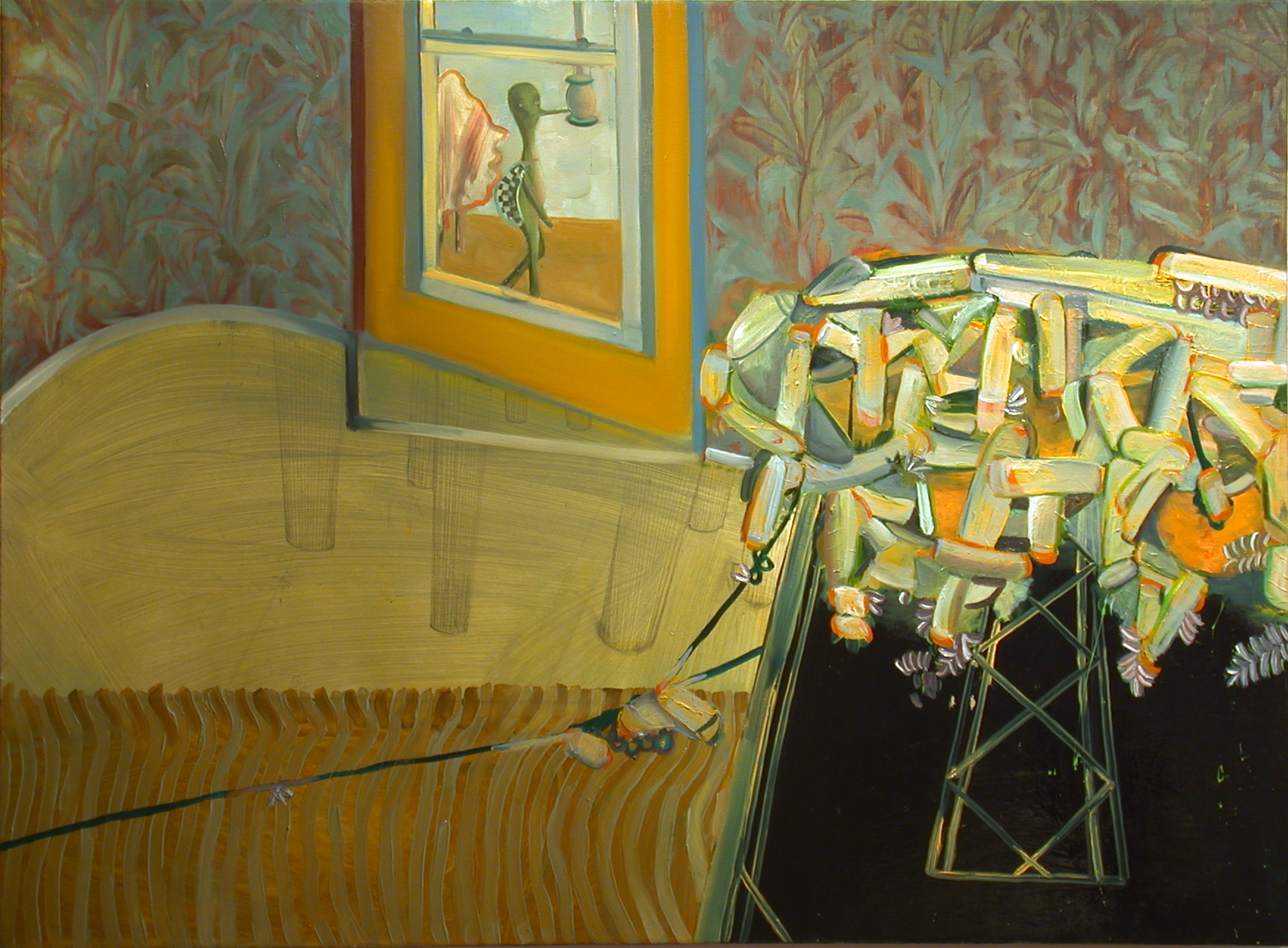
Introduction to Painting SP22 (ARTS-15300-01)
ARTS 15300. INTRODUCTION TO PAINTING Students are introduced to the fundamental painting techniques and principles of color. In the process, they explore issues of subject matter and content as well as the role of painting today. The course is organized around a schedule of studio work, critiques, and discussion of artists works. Six hours of weekly class time. [AH]

Introduction to Photography SP22 (ARTS-15900-01)
ARTS 15900. INTRODUCTION TO PHOTOGRAPHY This course introduces the student to the technical and aesthetic issues of basic black and white photography. The class assignments are designed to emphasize the versatility of the medium and to promote individual expression. Basic camera operation, black and white processing and printing techniques will be covered. Group critiques are scheduled regularly to develop analytical skills and to provide an arena for the photographer to discuss his or her intent. Six hours of weekly class time that include lecture, demonstrations, digital slide presentations, group critiques, and in-class work time. [AH]